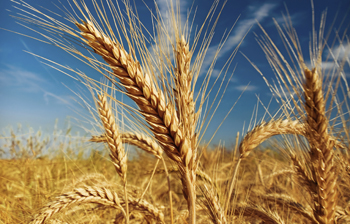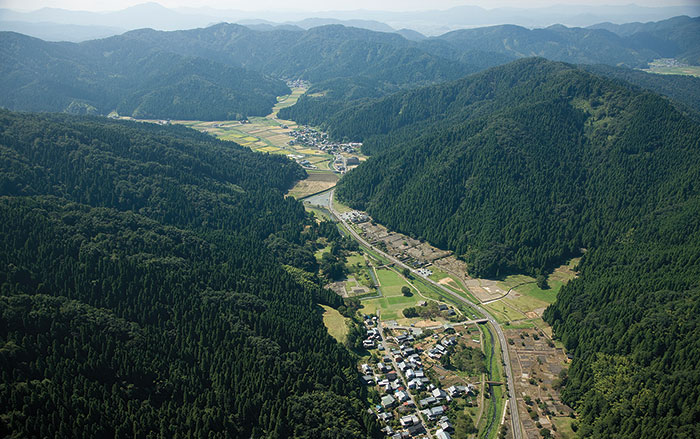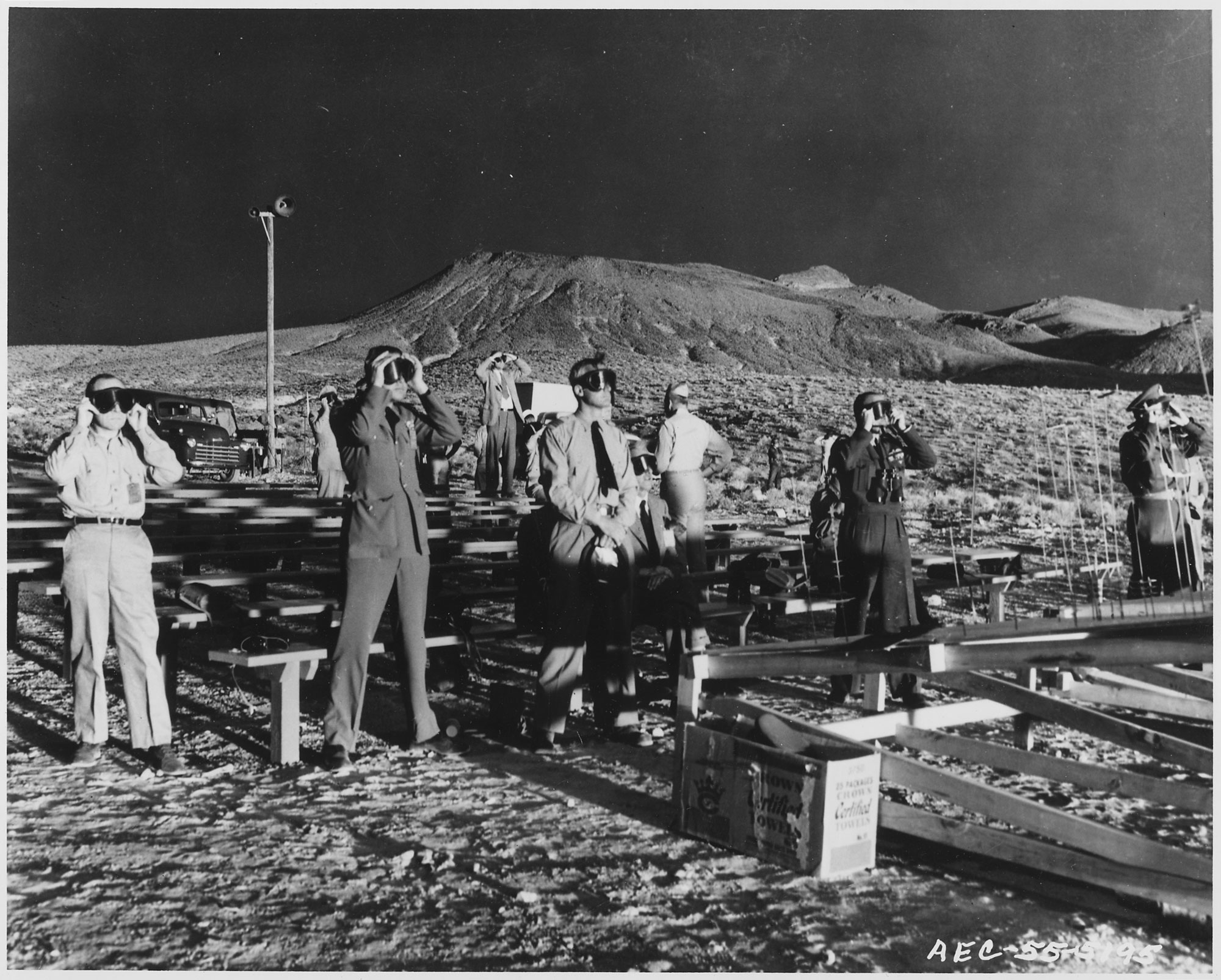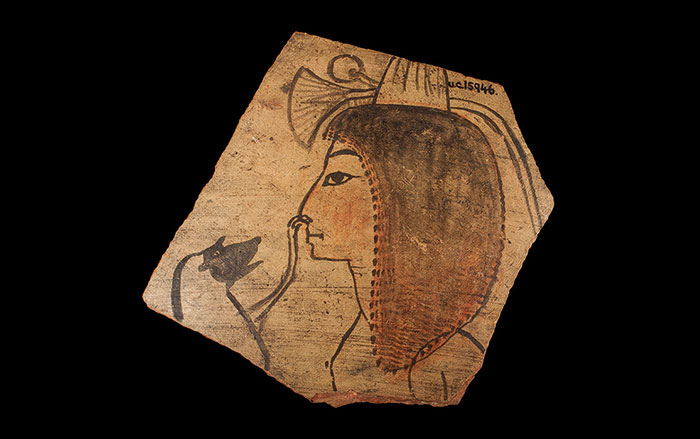
SHEFFIELD, ENGLAND—Scientists from the University of Sheffield studied crops grown by early farmers in the Fertile Crescent to see if they could determine why some plants were chosen for domestication and not others. Catherine Preece and her colleagues grew wild versions of staple foods in a greenhouse, and found that the types of plants that are less bushy as adults, and have bigger seeds on fewer stems, are ideal for agriculture. “Our results surprised us because numerous other grasses that our ancestors ate, but we do not, can produce just as much seed as wild wheat and barley. It is only when these plants are grown at high densities, similar to what we would find in fields, that the advantage of wild wheat and barley is revealed,” Preece said. The next step in the research is to plant experimental fields in Turkey, the heart of the Fertile Crescent. “Cereal breeders are taking an increasing interest in modern crops’ wild relatives as a source of useful traits that may help to increase yields or increase resilience to climate change, and our work should help this process,” she added. To read about domestication of crops in the New World, see "New Thoughts on Corn Domestication."










